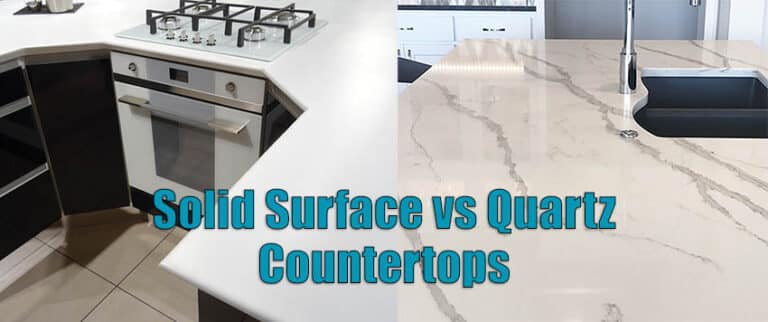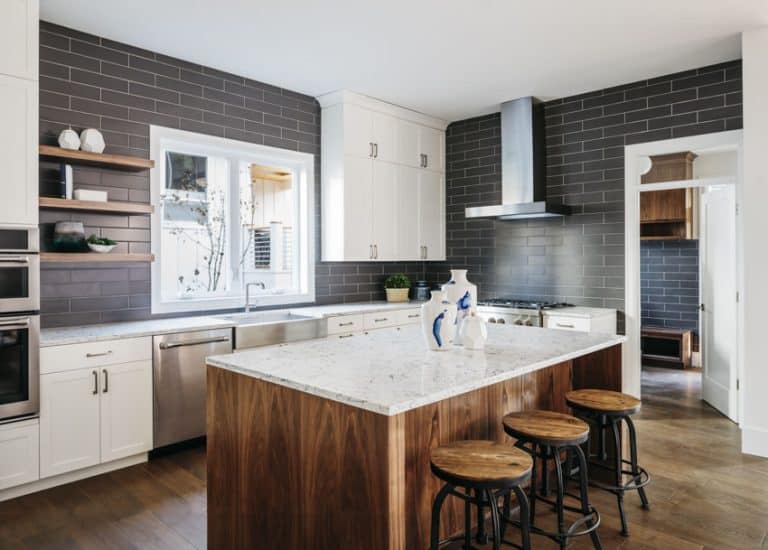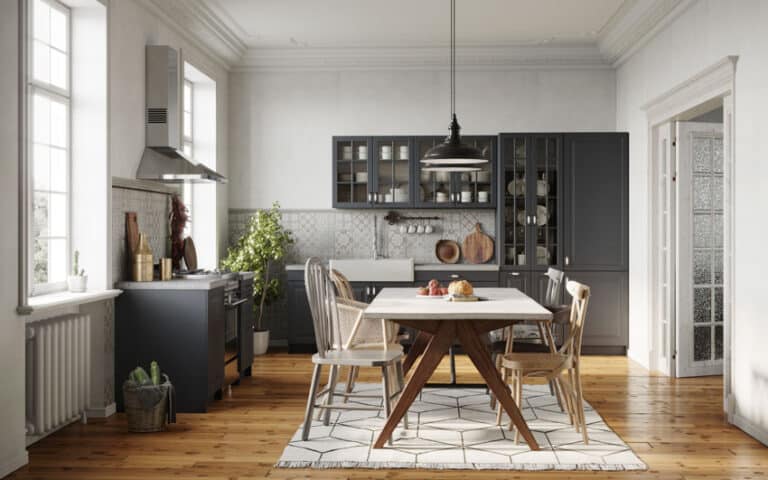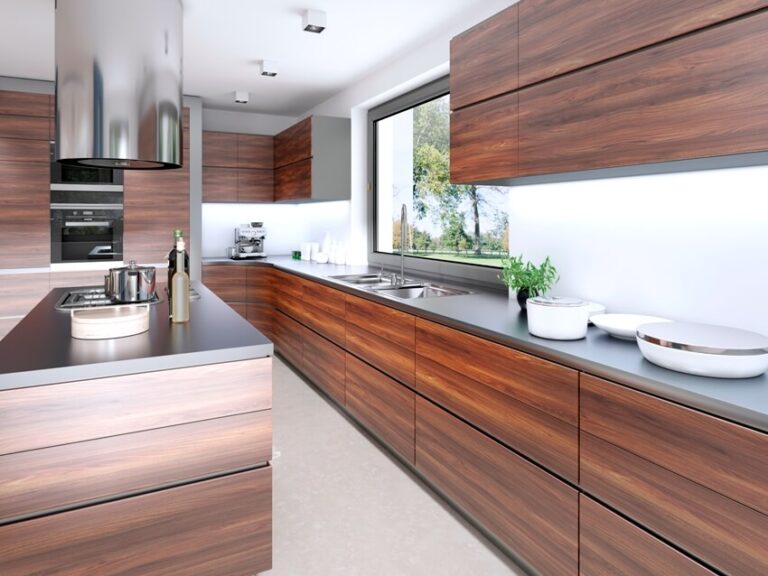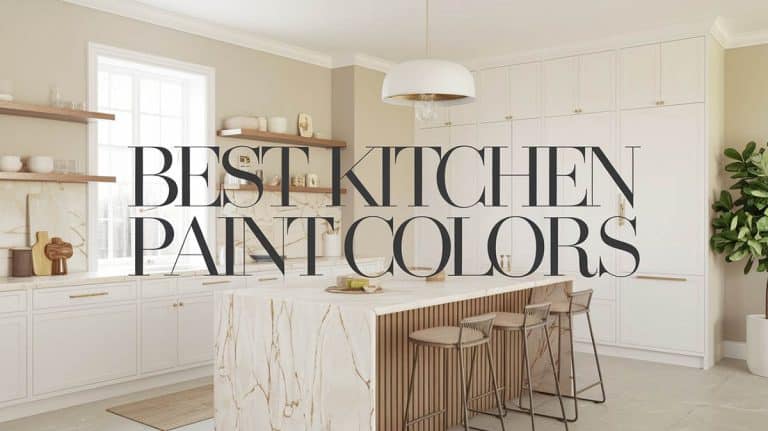Translucent Countertops (Materials & Lighting)
Homeowners who desire elegance and excellent aesthetics for their home or business have long admired translucent components. Inside the house, they’re employed for things like backlit worktops, countertops, and wall panels. They’re also great for making a stunning focal point in your house, as well as providing attention in restaurants, stores, and hotels.
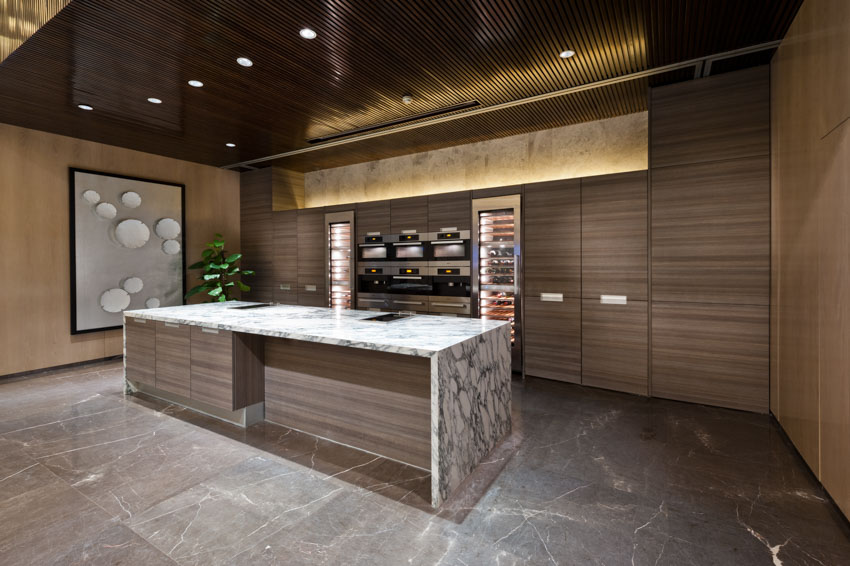
Viewing the lines and subtle tones of these translucent materials is like wandering across nature’s elegance, and there are numerous ways to do so effectively, such as using various colors of lighting, materials, different tips, and so on. Let us talk about what translucent countertops are as well as the categories under them in this article.
What Are Translucent Countertops?
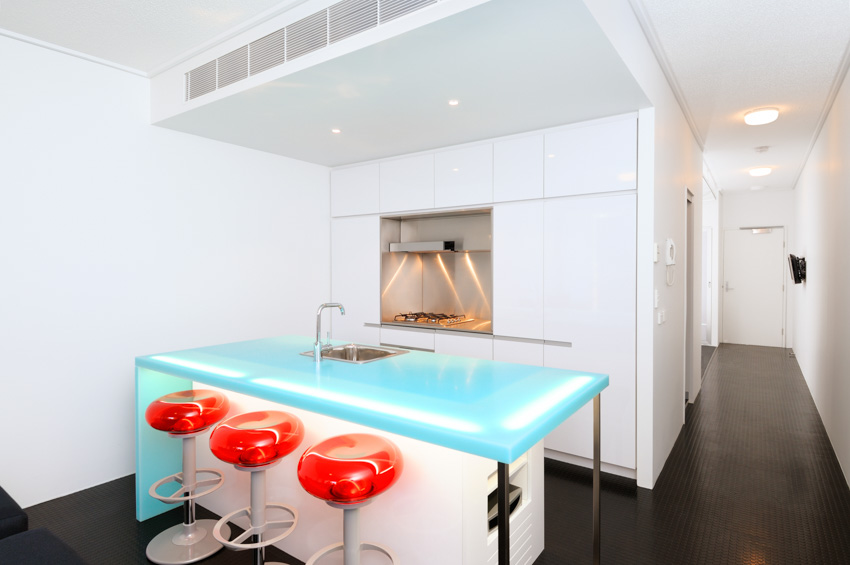
Translucent countertop surfaces are pre-engineered, layout panels that can be illuminated by ambient light. These countertops are made to brighten up your kitchen area while complementing its look and structure as well.
Translucent types of kitchen countertops provide a distinctive aesthetic. They’re a component that’ll almost certainly stick out and impress. Most of these countertop panels are already stunning enough to match practically any design you have in mind due to the exquisite combination of lines and colors found in the material used.
Furthermore, translucent countertops are distinguished by their ability to intensify the appearance of those layers of color. Many of the materials you may select for your kitchen countertops have translucent properties. Stone, onyx, resin, granite, and quartz are examples of these translucent materials.
Illuminated Countertop Material
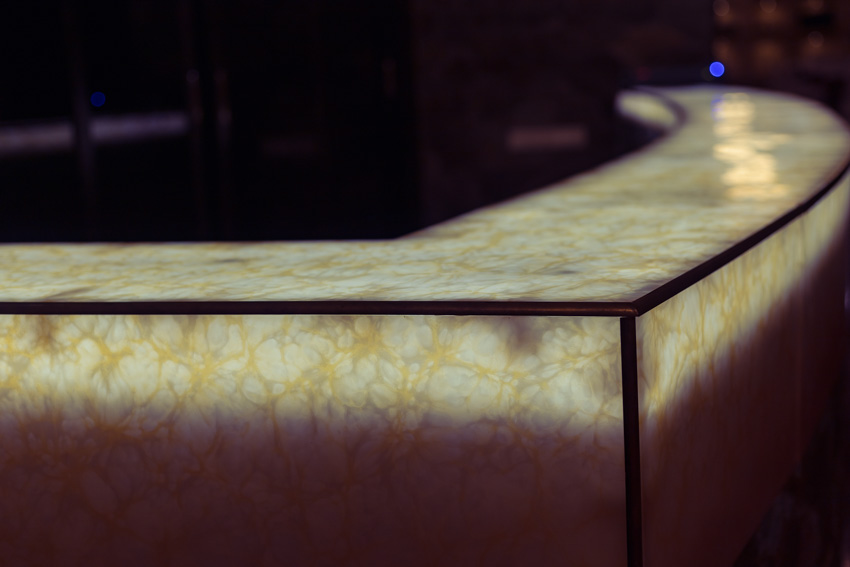
Backlighting is often easier on thicker countertop materials, has more color, and is denser. Honey onyx, natural quartzite, and thicker manufactured stones are all rather simple to illuminate.
They’re brimming with crystals that not only add to the countertop panel’s particular beauty but also enable light to bounce about underneath, making it incredibly easy to light.
Other countertop materials, on the other hand, need certain modifications to accomplish a proper lighting installation. One popular option is using recycled glass countertops with an opaque finish which when backlit, provides an alluring filtered glow.
Translucent Quartz Countertops

Unlike granite and marble kitchen countertops, which are popular natural stones for countertops, quartz is man-made.
This means you’ll be able to choose from a vastly higher selection of shapes, patterns, colors, and textures. If you’re thinking of installing illuminated countertops, this is ideal — just ensure the quartz is translucent but not so clear that the LED strips below can be seen.
Numerous quartz counters are made out of a combination of natural stones such as pulverized granite, marble, and other stones. Engineered stone would be a better term for this. They are also available in an enormous amount of colors and designs.
Quartz has several distinct advantages as a produced commodity. Illuminated quartz countertops are equally as tough as granite and concrete, but they’re a little more flexible, which means they’re less prone to cracks and chipping.
Furthermore, quartz is non-porous, so you will not have to fret about staining or bacteria sticking and it’s easy-to-clean. You’ll only have to be cautious when it comes to excessive heat. Quartz isn’t as heat-resistant as other popular countertop stone options.
Translucent Granite Countertops
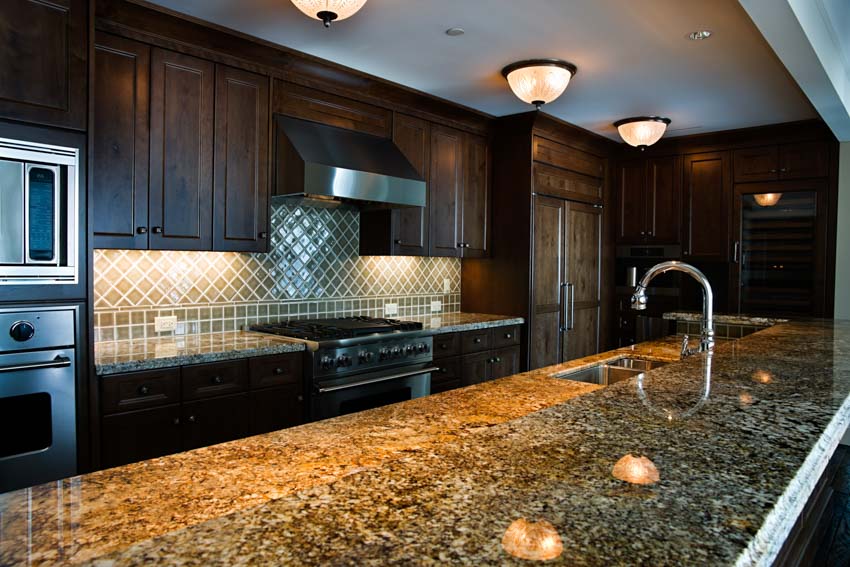
Granite usually contains huge crystals and clusters of minerals that may be seen with bare eyes.
By closely looking at granite countertops, you will see numerous fragments in a speckled structure that come around each other to form the slab.
Granite comes in a variety of colors, although white, gray, red, and brown are the most prevalent. It’s also impact-resistant and durable making it a good choice for high traffic kitchens.
Certain granite countertops have a veined aesthetic that’s quite similar to marble, but the color patches have a grainy, hazy appearance rather than clear patterns if you look carefully. Granite is less translucent than marble, so you’ll only see the top layer of the surface.
Illuminated Onyx Countertop

Onyx is one of the most often utilized materials for illuminating countertops. Onyx has been widely used for ornamental reasons for decades due to its vast spectrum of colors and distinctive patterns.
Moreover, because of its remarkable translucent qualities, one of the numerous benefits of nature’s magnificent onyx is that it may be backlit.
When a slab of onyx can be backlit, it takes on a whole new character, highlighting the distinctive veining while also bringing the atmosphere to a place with a faint glow.
Onyx kitchen countertops acquire wonderful translucent qualities as a result of the way it is manufactured, further enhancing their value as a prime ornamental material. Because of their translucency, they’re an excellent choice for backlighting.
It’s simple to uniformly illuminate the whole onyx countertop or whichever application you select to create a wonderful atmosphere in your house with onyx.
Illuminated Resin Countertops
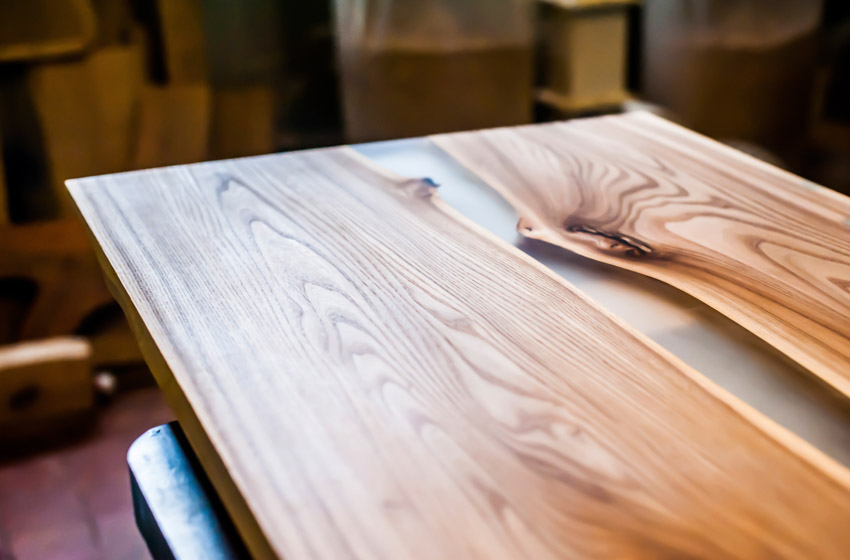
A resin countertop is a man-made product that has a wide range of applications in the kitchen and bathroom. This material is extremely long-lasting and could be colored to give a variety of attractive colors. Other elements can also be incorporated into the resin to customize the look.
Epoxy resin, which is also utilized in countertops for institutes and other business settings, is the strongest and most resilient.
Countertops made of acrylic and polyester resin are also available. Acrylic is regarded as higher quality than polyester as polyester is more quickly scratched and has lower heat resistance. It is, nonetheless, less expensive.
Because resin countertops are non-porous, they are simple to clean. Solid resin countertops are available in over 100+ different colors and designs.
The majority of them are translucent. Hence, the countertop is semi-translucent, allowing illumination to pass through.
To eliminate scratches from a resin countertop, you can sand it. Matte, semi-gloss, and high-gloss sheens are available in a resin countertop.
A solid resin countertop consisting of acrylic or epoxy resin has a long life span. Backlighting is indeed possible since the resin material can be manufactured translucent.
A LED light display can be built under the countertop or attached to the rear. As it pervades the countertop, the light creates a pleasing aesthetic impact.
Illuminated Stone Countertop
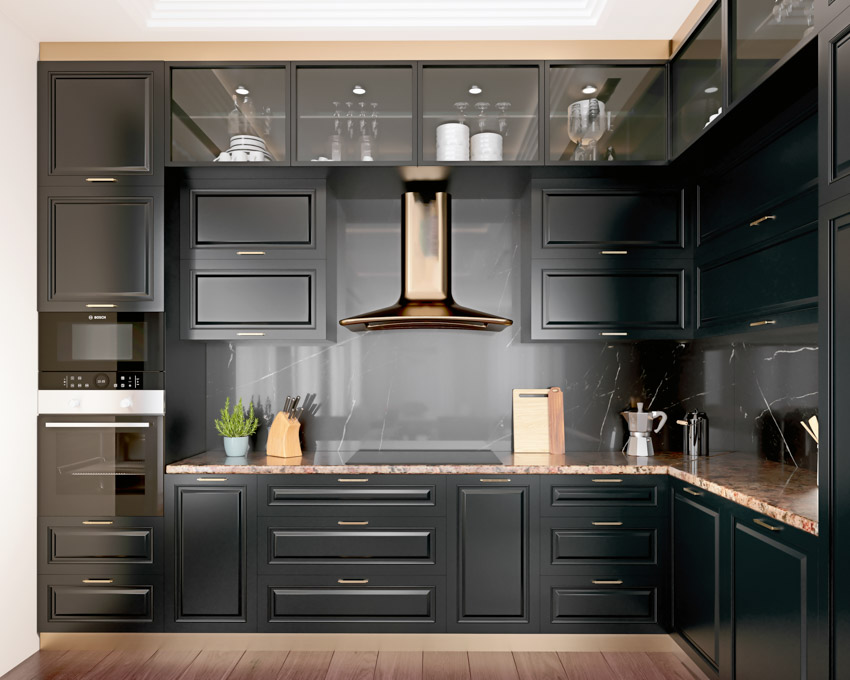
Translucent stone countertops allow light to pass through. The slabs may be backlit to create a stunning piece of art for your house.
The ambiance you want to create in your kitchen is just as crucial as the centerpiece. The wonderful thing about translucent stone is that it can be used as both an ambient and a central theme.
With a stone countertop associated with the perfect lighting and cooperative architecture to support that assertion, you can convert virtually any notion into anything tremendously more fascinating.
It’s crucial to note, however, that not all natural stones may be illuminated; only those that are deemed translucent can. Although onyx is the most well-known transparent stone, marble, quartzite, and granite also possess this characteristic. Translucence can occur throughout the entire surface or simply in certain areas.
Translucent Countertop Lighting
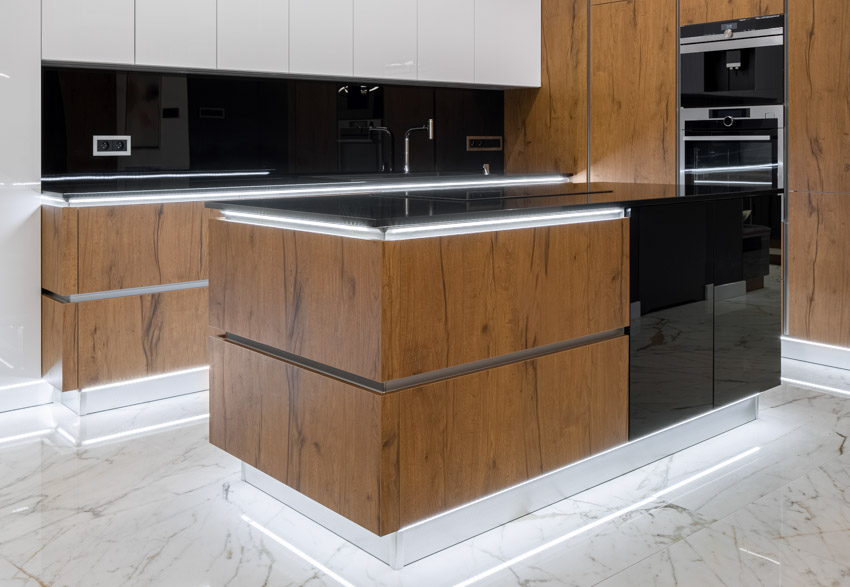
Here are some of the techniques and products you can try for lighting a translucent countertop:
• Block-and-Float Lighting Technique: On top of the panel, segments of a translucent material are cut and set on edges, nested together, and formed into a framework.
This structure serves as a support mechanism for the counter, distributing its weight uniformly while allowing light to pass through the panel below.
Because of the extra distance between the source of light and the surface, the illumination from the panel may light the drop aprons’ vertical surfaces and also the topmost surface.
• Diffusion Layer Lighting Technique: A translucent diffusion layer enables light to pass through to the top surface while simultaneously guiding light horizontally to the drop apron surfaces.
The countertop’s weight is also supported by the translucent covering. This approach creates a highly sturdy structure and is easier to size than the previous two because it only requires one sheet of extra material.
• Nesting Lighting Technique: To illuminate the drop strips, the nesting method uses thin lines horizontally. It’s a good solution, but it requires a lot of attention to detail; appropriately fitting the light panels becomes crucial.
They’ll bind up in the edges if they’re too big. If they are too tiny, they may not be able to illuminate the entire tabletop.
This method also necessitates the installation of numerous panels, each with its power supply and perhaps light-balancing requirements, further complicating the process.
See more related content in our article about the pros and cons of LED lights on this page.

